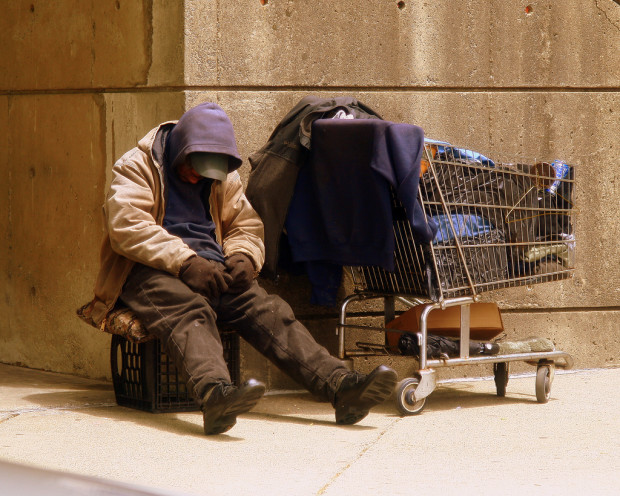


“It’s a ‘problem’ that we’re finally talking about,” says Steven Gaetz, the director of the Homeless Hub.
The problem Gaetz is referring to is homelessness. But not everyone views homeless people as a “problem.” The many negative, preconceived stereotypes of homelessness are frequently born and bred through the media. As most people rely on the news for their daily information, what is reported in the media matters. The news sets up what people will think about and as a result can influence how people can feel and act about a particular issue.
The Salvation Army’s Dignity Project from 2011 reports nearly half of Canada’s population thinks a family of four can safely live within an annual salary of $10,000 to $30,000. Almost all of Canada believes that everyone is entitled to dignity, but more than a third of Canadians think that being poor doesn’t affect that right.
As recently as 2011, the poverty line for a family of four in Toronto was $39,860. Citizens for Public Justice reports that people living in poverty usually make 33 per cent below the poverty line –about $26,000.
“Our prejudices can lead us to certain conclusions or outcomes,” says Gaetz, adding this can affect the way we react to poverty. Gaetz says there are two narratives in the media, one inciting a moral panic, and the other sympathy, which may be all the public gets to know.
Jeremy Reynalds, who works alongside Gaetz at the Homeless Hub, argues that people only know about homelessness from what they read in the news. “For most people, their beliefs on homelessness are mediated by depictions in the media – through the internet, television, newspapers, and magazines, movies and books,” says Reynalds in his book, Homeless Culture and the Media.
Gaetz says it is not just the media that’s involved in shaping opinions, social media plays a part too. They’re not discretely separate beings, social media feeds into mainstream media. Reporters are watching trends on Twitter all the time causing the lines to blur, because of this social media has become an effective way to engage with an audience.
Raising the Roof, an organization that helps find long-term solutions for Canada’s homeless, is trying to change the conversation by inviting everyone into it, including those who are homeless. Raising the Roof is taking advantage of social media by getting people talking about homelessness in an unconventional way, through Youtube, Facebook, and Twitter networks.
Raising the Roof’s latest video parodies Jimmy Kimmel’s series – Celebrities read mean tweets – and features homeless people reading mean tweets about themselves.
The video, which asks viewers to be part of the “humans for humans” movement, has reached more than one million views since it was uploaded this March.
The campaign aims to dispel some of the myths and misconceptions around the issue by drawing attention to the humanity of people living without homes.
But social issues reporter at the Toronto Star, Laurie Monsebraaten says leaders need to make it a priority too.
“If it’s an election issue, reporters are gonna write about it,” says Monsebraaten, “I mean, it’s not that reporters don’t want to write about this stuff, but if it’s not news, if there’s nothing happening, it’s just the same. It’s not new, and that’s the problem.”
Journalists are not solely responsible for the change that needs to take place. They’re a part of the solution, but the change must start with policy.
Learn more about the media’s impact on homelessness now by listening to my conversations with those who are making change happen.






